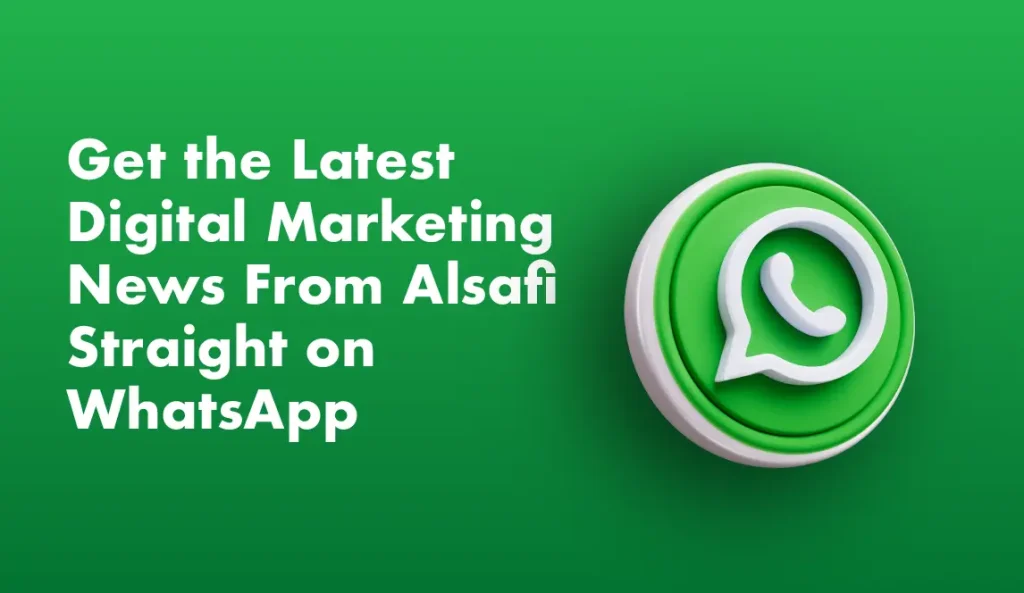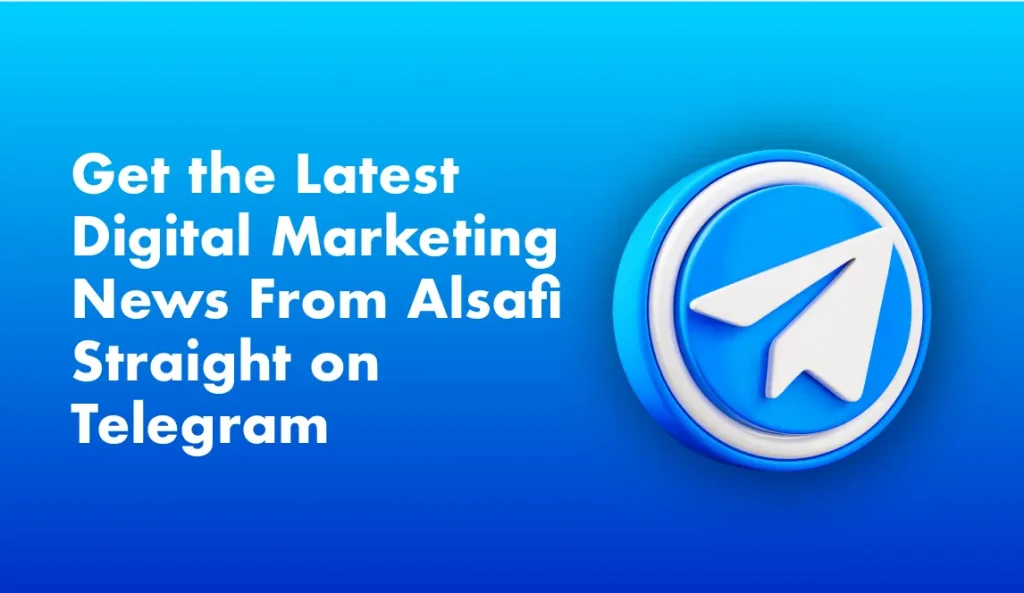Businesses and advertisers are always looking for new and creative ways to efficiently reach their target consumers in the fast-paced world of digital marketing. With a robust suite of advertising options, Meta (previously Facebook) is one of the platforms spearheading this field. Meta is changing the face of digital advertising with Meta Ads and the underlying technology of programmatic advertising. This piece will cover in-depth discussions of Meta Ads, the integration of Google Ad Manager, and the emergence of programmatic advertising.
Understanding Meta Ads
Facebook, Instagram, Messenger, and the Audience Network are just a few of the products that use Meta Ads, the advertising engine that supports them. With advanced and extremely effective targeting capabilities, Meta gives advertisers the opportunity to design and display advertising across a variety of digital platforms.
The goal of Meta’s advertising solutions is to assist companies of all sizes in connecting with prospective clients. Businesses can reach the right individuals at the right time thanks to the platform’s smart ad-targeting technology and broad data collection capabilities. Every year, meta-ads generate billions of dollars in advertising income, making them an essential component of the digital advertising economy.
Meta Ads’ extensive targeting capabilities, which include the following, are essential to its efficacy:
- Demographic Targeting: Advertisers can create ads to target specific areas, age groups, genders, and other demographic characteristics.
- Interest Targeting: On Facebook and Instagram, advertisers may target users according to their interests and habits, including how they interact with different kinds of content.
- Lookalike Audiences: To increase the likelihood of conversions, Meta enables advertisers to build audiences that resemble their current clientele.
- Retargeting: By reestablishing contact with those who have previously connected with their brand, advertisers can raise the conversion rate.
Meta Ads may offer tailored ad experiences that appeal to certain consumers by utilizing these targeting features, which increases the effectiveness and engagement of the advertisements.
Google Ad Manager’s Function in Meta Ads
Although Meta’s ad platform is among the most well-known in the industry, Google Ad Manager plays a crucial role in the broader advertising ecosystem. This feature-rich ad management tool enables businesses to track campaign performance, manage ad inventory, and optimize revenue.
Although Google Ad Manager is often linked to Google’s own domains, such as YouTube and Google Search, it can interact with several third-party platforms, including Meta Ads. This connection fits into a larger trend of cross-platform advertising, which allows marketers to more efficiently reach their target audiences by utilizing a variety of ad platforms.
Principal Advantages of Using Meta Ads with Google Ad Manager:
- Cross-Platform Ad Management: From a single interface, Google Ad Manager enables marketers to oversee campaigns across Google’s extensive network as well as Meta’s platforms.
- Advanced Analytics: With the help of Google Ad Manager’s comprehensive monitoring and analytics, advertisers can monitor the effectiveness of both Google Ads and Meta Ads, increasing the return on investment (ROI) of digital advertising campaigns.
- Unified Inventory Control: Google Ad Manager helps advertisers manage their ad inventory, ensuring they distribute their space effectively across various channels.
- Programmatic Ad Buying: The programmatic advertising ecosystem includes Google Ad Manager and Meta Ads, which enable automatic ad placements based on algorithms and real-time data.
Businesses may increase the potential reach and efficacy of campaigns by combining Google Ad Manager with Meta Ads, which gives them the tools they need to manage a varied, cross-platform digital advertising strategy.
To learn more about how Google Ads’ new “Conversation Started” feature for WhatsApp can enhance engagement, check out our guide on Google Ads Adds WhatsApp ‘Conversation Started’ for Engagement.
Programmatic Advertising: A Revolution in Meta Advertising
Programmatic advertising is completely transforming the way companies purchase and sell digital ad space. With the use of algorithms and real-time data, this type of advertising automates the process of buying ad inventory in order to send highly targeted advertisements to the appropriate audience at the appropriate moment. A crucial component of both Google Ad Manager and Meta Ads is programmatic advertising, which enables marketers to tailor their campaigns according to audience insights, performance statistics, and other variables.
The primary goal of programmatic advertising is to increase purchasing efficiency by reducing human involvement and relying more on data to guide decisions. Instead of manually negotiating ad buys and executing orders, this approach uses algorithms to automatically purchase and position ads across various platforms, including Meta Ads.
Programmatic advertising’s main benefits include:
- Efficiency and Speed: Programmatic advertising enables real-time bidding and automated ad placements, expediting the ad buying process and boosting efficiency.
- Highly Targeted Campaigns: Programmatic advertising makes sure that the correct audience sees the right ad by targeting ads to particular user demographics and behaviours.
- Data-Driven Optimization: Programmatic systems like Google Ad Manager and Meta Ads gather massive volumes of user data, which advertisers can use to continuously improve ad effectiveness.
- Increased ROI: Programmatic advertising maximizes the return on ad spend by positioning ads where they will be most effective through automated bidding and data-driven decision-making.making.
Businesses may better reach the proper audience and increase conversions by utilizing data and automation with the integration of programmatic advertising in Meta Ads and Google Ad Manager.
Meta Ads and Programmatic Advertising’s Future
Programmatic advertising and Meta Ads have a promising future. Opportunities for advertisers to interact with their audiences in more relevant and individualized ways are growing along with technology.
The ongoing integration of machine learning and artificial intelligence (AI) is one significant trend that is probably going to influence Meta Ads in the future. With the use of these technologies, Meta will be able to further improve its ad targeting capabilities, giving advertisers the ability to show their consumers even more relevant and tailored advertising. AI can also assist in real-time ad performance improvement and bidding strategy optimization.
The increasing significance of data security and privacy is another significant development. Meta Ads and other advertising platforms will need to adjust to new legislation and make sure that their advertising operations adhere to privacy standards as consumer worries about data privacy continue to grow. As the way data is gathered, processed, and used in campaigns inevitably changes, transparency and trust will play crucial roles in future advertising strategies.
Additionally, marketers on Meta’s platforms will continue to have exciting prospects due to the growth of video content and interactive ad formats like virtual reality (VR) and augmented reality (AR) commercials. By stretching the limits of conventional digital advertising, these formats will enable businesses to interact with consumers in more dynamic and immersive ways.
Lastly, the industry’s development will be sustained by the growing use of programmatic advertising. Programmatic advertising will grow even more popular as more advertisers use automation and data-driven decision-making, giving companies more freedom and control over how they run their advertising campaigns.
Conclusion
Meta ads and programmatic advertising are shaping the future of digital advertising. By utilizing data, automation, and cross-platform integration, companies can develop highly targeted and successful advertising campaigns that reach the right audience at the right time. The combination of Google Ad Manager with Meta Ads further enhances a company’s ability to optimize ad spending and manage operations.
Businesses need to keep up with the newest developments in digital advertising and adjust to the ever-changing landscape. By using Meta Ads, programmatic advertising, and the resources offered by platforms such as Google Ad Manager, companies can obtain a competitive advantage and increase the significance of their advertising endeavours.



